We’ve discussed at length with Raluca Nicolescu, Executive Director SME Raiffeisen Bank, about sustainable finance, a term that encompasses green finance instruments as well as social impact finance, about the opportunities of a green economy, how can Romania can benefit from becoming a green economy and how Raiffeisen Bank can help companies that help us all make the shift to a mode sustainable economy.
As the EU representatives define it, sustainable finance refers to the process of taking environmental, social and governance (ESG) considerations into account when making investment decisions in the financial sector, leading to more long-term investments in sustainable economic activities and projects.
The concept of green finance
During the last few years, we’ve started hearing more and more about the concept of green finance and the role that financial institutions play in helping companies and organizations that bring to market solutions and products meant to help us all have a sustainable future.
As Raluca explains it, green finance is the generic term used when discussing providing funds to investments that, due to their characteristics, are aiming at mitigating the impact on the environment.
The Raiffeisen representative gives the example of projects aimed at reducing Greenhouse Gas emissions, efficient use of energy, circular economy, waste management, and the list could continue.
„Beyond green, we could also consider social impact finance, tackling improvements on social level and addressing specific issues of society. The two, green finance and social impact finance, come together in one of the most complex forms of addressing financing, respectively sustainable finance”, states Raluca Nicolescu, Executive Director SME Raiffeisen Bank, in an exclusive interview for Green Start-Up.
According to her, in sustainable finance we can distinguish between green loans, sustainability-linked loans, ESG Rating linked loans under the premises that such financing structures follow the Green Loan Principle and/ or EU Taxonomy indications.
When it comes to the financing instruments that the bank is offering to its clients, Raiffeisen Bank Romania has assumed a pioneer role in this transition to a green economy and a sustainable community.
Green projects Raiffeissen Bank is funding
„According to the European Union's goal of achieving neutrality from a climate point of view by 2050, Raiffeisen Bank understands the need to direct and mobilize the capital to sectors that can ensure a fast and efficient transition to a sustainable economic model”, adds Raluca.
How does the financial institution achieve that? Either by granting sustainable financing, through programs dedicated to customers who facilitate the integration of ESG principles in their activity, or by consulting on sustainability.
According to the Executive Director SME at Raiffeisen Bank Romania, the bank offers green products and services to both legal entities and individual clients.
„For SME clients we have green loans for farmers – BIO Credit – and designed loans for photovoltaic panels projects. We have also launched a valuable tool in the form of an integrative green platform solution where we bring together service providers, customers, and finance solutions for green Loans. For larger corporate clients we do offer tailor-made financing solutions and we have proven our commitment to act upon increasing the sustainable economy”.
In fact, the financial system has been nominated with the roles of catalyst or facilitator when we discuss transitioning to a sustainable economy, due to its importance in functioning and developing the economy, in its role of intermediary for capital and expertise.
„We must mention that multiple regulatory duties derived from national or European norms related to ESG topics (environment, social, governance) are targeting the financial system presumably for the reason that refers to assuring financial stability in the current market situation. As climate change is a topic that currently unfolds, bringing along specific risks, it is only a natural consequence that Financial Institutions include, in their own strategies or risk management processes, the component called “sustainability””, says Raluca.
When it comes to Raiffeisen Romania specifically, and its goal to enhance green projects financing in the local market, the range of green financing already includes diversified segments such as real estate, renewables, clean transportation, and the circular economy.
One of the latest projects that Raluca gives as an example is a transaction with Shikun & Binui Energy for financing a photovoltaic (PV) power plant with a total installed capacity of approximately 70 MW in the north area of Romania, in the amount of EUR 40.5 million.
„We consider these transactions as contributions toward goals of achieving targets of neutrality in terms of CO2 emissions to which Raiffeisen group is fully committed.
Besides the size of a specific project, it is important to underline that we render a range of dedicated products as well as expert advisory to the SMEs, those which add more than 50% to the country’s GDP and employ more than 2/3rds of the workforce”, adds the Raiffeisen manager.
The characteristics of a green economy
According to her, the team of Raiffeissen tries to identify different ways in which the institution can address sustainable finance regardless of the areas, but more concentrated on clients’ need and intention to integrate sustainability.
„We offer financial consultancy to our clients in order to identify the opportunities that are generated from transition to sustainable strategy implementation”, says Raluca.
Raiffeisen was the first bank in Romania to issue green and sustainable bonds, publishing the Green Bonds allocation report on yearly basis in accordance with Green Bonds Principles, including disclosure methodology for selecting and allocating green eligible loans. For the future, the pool of projects will amplify, as Raluca Nicolescu mentions, because of the fact that sustainability is requested by companies, by investors and by civil society.
And all these categories are part of the stakeholders that support building a greener economy, in Romania and also all around the world.
„A sustainable economy has the characteristic of assuring long-term strategies and fosters sustainable economic systems and mechanisms to be implemented with the goal of becoming beneficial for the environment and society. The apotheosis of sustainability is perfectly described in one of the firsts definitions of stating that sustainability represents “meeting the needs of the present without compromising the ability of future generations to meet their own needs" (United Nations Brundtland Commission, 1987). How can we not alter the future? By achieving goals on neutrality, by integrated science-based target that are set to guide each activity to stay within the limit of 1.5 degrees increase in temperature as compared to the pre-industrial era”, mentions Raluca, acknowledging the fact that transforming the economies is a no easy task, it requires specific know how, a deeper understanding of the outcomes we are producing in the world, a mind change to doing what is right and also bold leadership that takes over the role of sustainability implementation.
How can we not alter the future
In what concerns Romania, the Raiffeisen Bank representative is convinced that our country has a great potential for becoming greener.
„We are now on the learning curve on how to integrate sustainability, both in the financial system and in the economy, we need support for boosting actions to address climate change and we need collaboration between the private sector and public sector. Energy is an important pillar, but it is not the only one. We can and have already started to change the way we use resources, raw materials, what we do with waste, it is more important now if there is plastic or not, where this plastic goes, and so on. We look at the labels, what we eat, from where, what is the impact of the meat on our table, beyond its taste. Farmers are more interested in sustainable agriculture techniques, in how to protect the soil, how to store carbon dioxide, and what equipment is better for their land and crops. We learn, we look around and we learn again, and will definitely reach our own potential”, explains Raluca.
And since not only here, but also at a global level, we can’t continue deploying polluting activities, as we are all impacted by such activities, Raluca Nicolescu is convinced that the development of a green economy seems to be irreversible.
„Romania has adopted its National Sustainable Development Strategy (NSDS), ‘Horizon 2013-2020-2030’ in 2008. Along with risks assimilated to the transition period toward a sustainable economy, there are opportunities in developing new products and services, integrating new technologies etc., and Romania has a full potential to evolve in an impactful manner. Due to its geopolitical advantages, Romania can be a central pillar in the EU for renewable energy. The target for renewable energy production is at 30.7% by 2030. To reach this target, some working frameworks have been implemented, like National Energy Strategy 2019–2030, with an extension overview up to 2050, and the Integrated National Plan on Energy and Climate Change 2021–2030. Furthermore, the renewable segment could be sustained by creating incentives to stimulate the usage of clean energy sources and creating a stable legislative framework”, concludes Raluca Nicolescu - Executive Director SME Raiffeisen Bank.
 Oana Coșman
Oana Coșman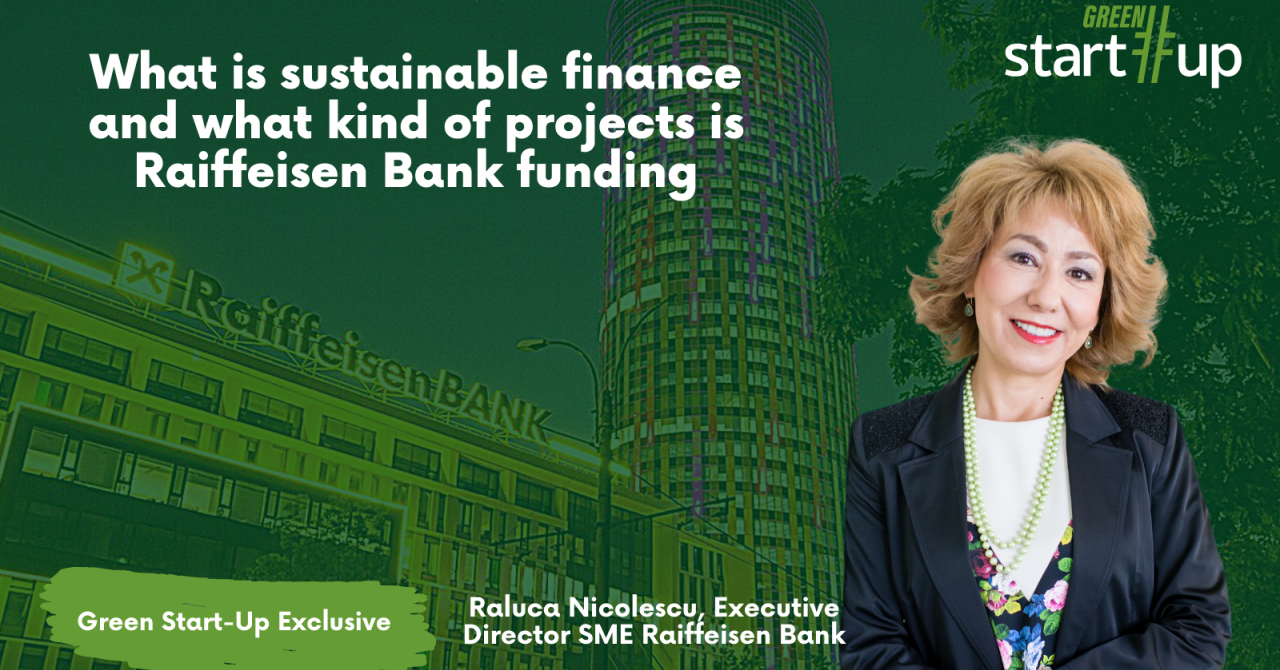


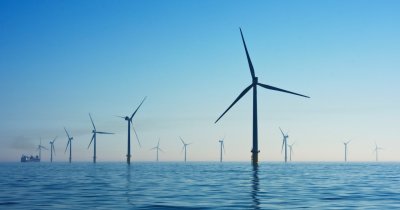
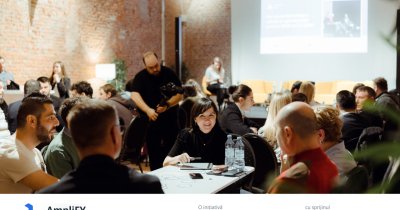
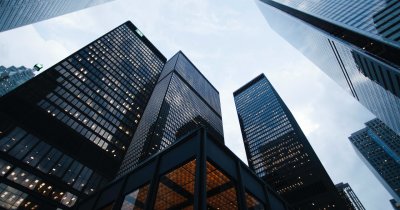
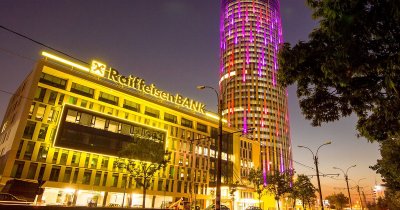

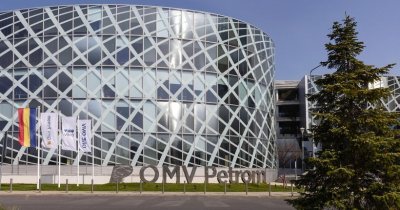
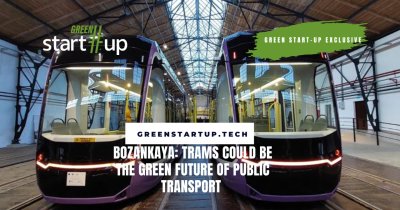
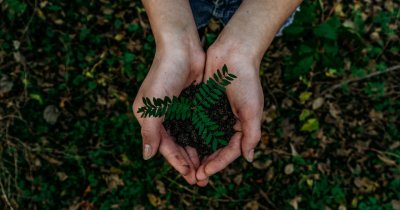

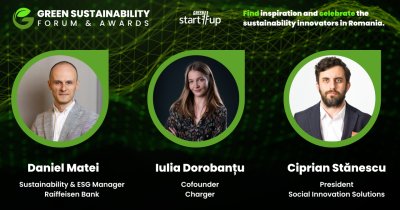
Any thoughts?